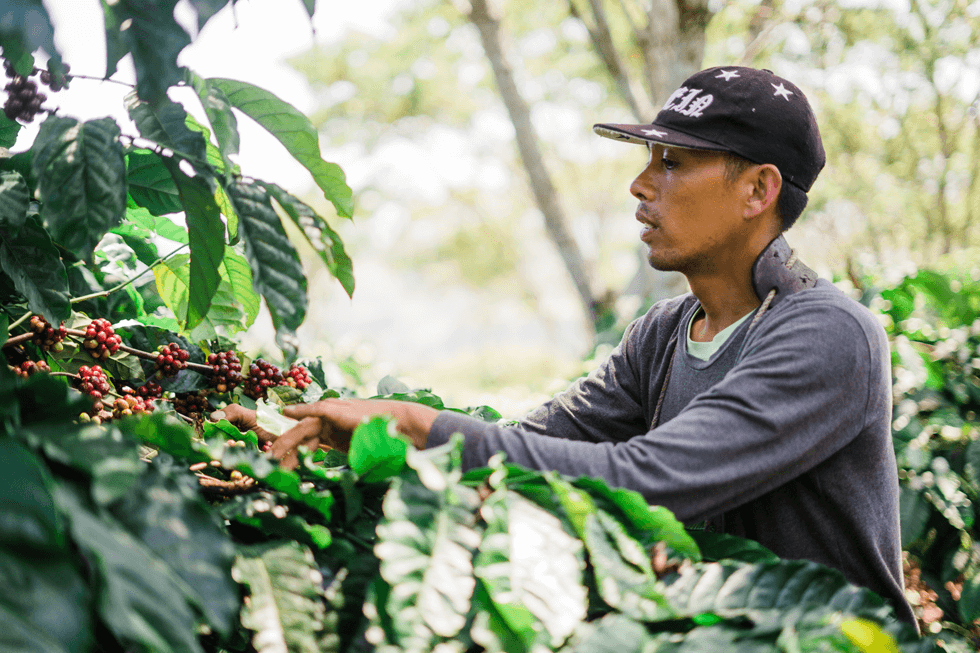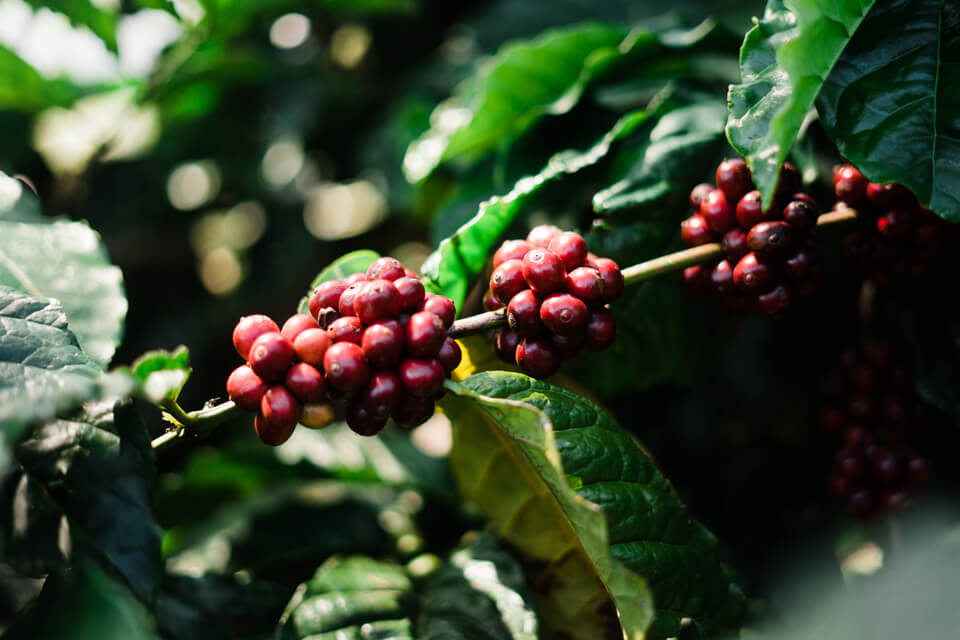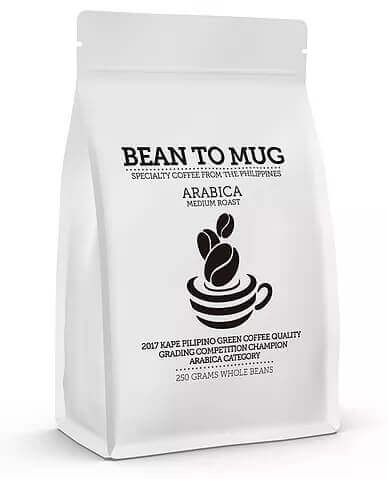When you think about coffee sold in the United States, you almost never think about coffee from the Philippines. But with its rich and fertile soil, perfect tropical climate and varied micro-climates, you can’t deny it. It’s one of the best place in the world for coffee farming. Filipino coffee has surprised the world with its rich aroma and flavors.
However, the industry did not develop too far. Due to factors such as; industrialization, natural disasters and economic struggles, the Filipino coffee farming industry although lucrative, has seen minimal growth.
The Philippines has the ability to produce four coffee varietals. This includes Robusta, Arabica, Liberica, and Excelsa. If you look hard enough, you’ll see the delicious coffee that this tropical country can produce.
Today, we’ll take a look at the best Filipino coffee you can find on the market. This will be your guide to all the coffee you can find and how do they compare against global players. You’d surprise yourself with how complex these coffees are.
Filipino Coffee Production
90 percent of coffee production in the Philippines comes from robusta coffee beans. While there are many specialty coffees that use other beans, production is on decline. The effects of typhoons in the past decades or so affected the productivity of farms.

Some poorer farmers, who can’t get top-quality seedlings, use wilding varietals. These wildings are cherries that drop from the vine and are of lower quality than others.
Even with these challenges, Filipino coffee farmers have some of the best coffees. These regional coffee varieties include:
- Benguet Arabica coffee
- Sagada Arabica coffee
- Batangas coffee or Kapeng Barako
- Bukidnon Tribal Arabica Coffee
- Bukidnon Tribal Robusta Coffee
- Kahawa Sug
Each of these varietals offers a different taste on the table that you would love.
1. Benguet Arabica Coffee
Benguet together with Abra, Apayao, Baguio City, Ifugao, Kalinga, and Mountain Province is located in the Cordillera Administrative Region also known as CAR. It has a terrain of Mountainous ridges, canyons and peaks; and a temperate and usually pleasant climate.
Benguet Arabica coffee is one of the best Philippine coffee varietals. It gets one of the most care across the different local varietals. This is thanks to the local microclimate of superior temperature and fertile soil.
Benguet Arabica grows in a steady microclimate with good temperature and sunlight. Most of Benguet is between 600 ft – 9160 ft. Its coffee grows at 6600 ft.
This gives this arabica a bright acidity and a range of tastes.
With an organic multi-crop farming system in place, the coffee takes on many flavor notes. The aroma takes on floral notes, with strong fruity flavors that remind you of apricots. It’s one of the country’s top blends and only a few others can rival it in quality.
2. Sagada Arabica Coffee
Sagada arabica coffee is another varietal from the same region as Benguet arabica. This makes it benefit from the same terroir that the former receives. It is suitable for arabica cultivation and comes from small, family coffee farms.
Being a rare heirloom variety from the Spanish colonies, Sagada arabica is not as developed as its local counterpart. Much of the coffee was for use in barter trades with travelers by the locals. This prevented mass production of this otherwise delicious coffee.
Many tasters say that the Sagada arabica is great for medium-dark roasting. It has very little acidity but has light body. This single-origin coffee is complex, with sweet cocoa and brown sugar flavor notes.
3. Kapeng Barako or Batangas Coffee
Kapeng Barako or Batangas coffee is a local coffee varietal of the Liberica species. It’s one of the most iconic regional coffee varieties in the Philippines. It defines what regional coffee is for many Filipinos.
Kapeng Barako is a popular varietal because of its sizeable coffee tree, cherry, and beans. Across local drinkers, many prefer it over robusta and some even over arabica itself. Due to coffee rust, however, much of its production waned over the years.
Batangas coffee is famous for its strong, bold body and powerful spicy flavor. Its aroma is reminiscent of anise and has a dark chocolatey taste.
4. Bukidnon Tribal Arabica Coffee
Bukidnon Tribal Arabica Coffee is among the newer regional varieties of Filipino coffee. They are delicious and dense, handled with care and are 100% organic. Its cultivators, the Daraghuyan people, take care of every bean with extreme precision.
The Bukidnon arabica grows at 1200 ft – 2000 ft at Mount Kitanglad. Its microclimate assures every bean receives the right rainfall and nutrient-rich soil. This creates a single-origin coffee that is out of the ordinary.
The Bukidnon arabica has a delicious floral aroma, with a bright acidity at medium roast. It has a very sweet flavor profile with notes of caramel at every sip.
Filipino Coffee - Arabica
Bean to Mug Filipino Arabica Coffee comes from the deep forest mountains of Maramag Bukidnon. From the southern island of exotic Mindanao, Philippines.
5. Bukidnon Tribal Robusta Coffee
Coming from the same terroir, the Bukidnon Tribal Robusta coffee is not your average cheap robusta. It receives the same work and care like arabica beans, growing at around 1200 feet. It comes from Maramag, Bukidnon, where a cooperative of women handles the entire processing.

Because of this care, this organic robusta coffee when medium roasted will give you a bold sip. It’s rich and bold, with less acidity. It has a floral aroma reminiscent of a fresh mountainside flower field and has dark chocolate notes.
Filipino Coffee - Robusta
Bean to Mug Robusta Coffee is imported directly from the exotic rain forests of Maramag Bukidnon in the southern island of Mindanao Philippines.
6. Kahawa Sug Sulu Robusta
Kahawa Sug or the Sulu robusta is an heirloom robusta cultivar by the Tausug people in Sulu. It comes from the coffee that Prussian merchants brought to the islands in the 1860s. This single-origin varietal is a staple to the locals in their daily meals.
Unlike many robustas grown for instant coffee use, the Kahawa Sug grows in small, artisan batches. It is on an endangered foods list because of low yield and low-processing due to lack of technology. Even then, the Kahawa Sug thrives in small markets and artisanal sellers.
The Sulu robusta has very little of any acidity at all and does not have the bitterness known in robusta varietals. It has a bold and strong mouthfeel with some sweetness to it.
Tasting The Best Filipino Coffee
Coffee in the Philippines is not among the biggest global players but they are some of the best. If you’re looking for something new, the best Filipino coffee is a great pick. They’re delicious and every regional coffee variety offers something delicious on the table.
Bean to Mug offers two of the best regional coffee varieties in the Philippines. The Bukidnon arabica and Bukidnon robusta can brighten your day with every cup. Taste the difference of organic, single-origin coffee cultivated with the best care.
Check out Bean to Mug today and own the delicious taste of superior coffee. Wake up to the taste of delicious coffee today.

Marc Abucejo
Bean to Mug Founder
Marc is a Filipino Organic Coffee Lover and Founder of the Bean to Mug Movement. A Registered Nurse living in Los Angeles; he is very passionate and dedicated in sharing the Filipino Culture through all-natural coffee beans from the Philippines.



